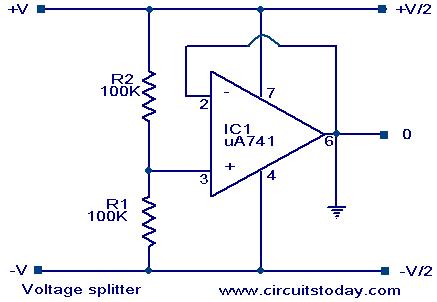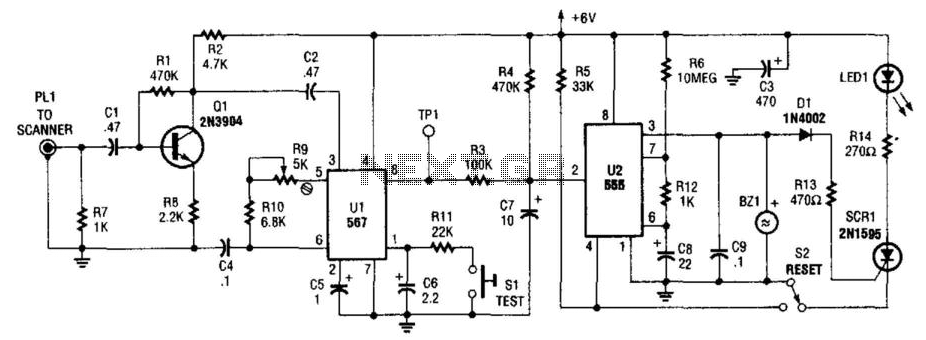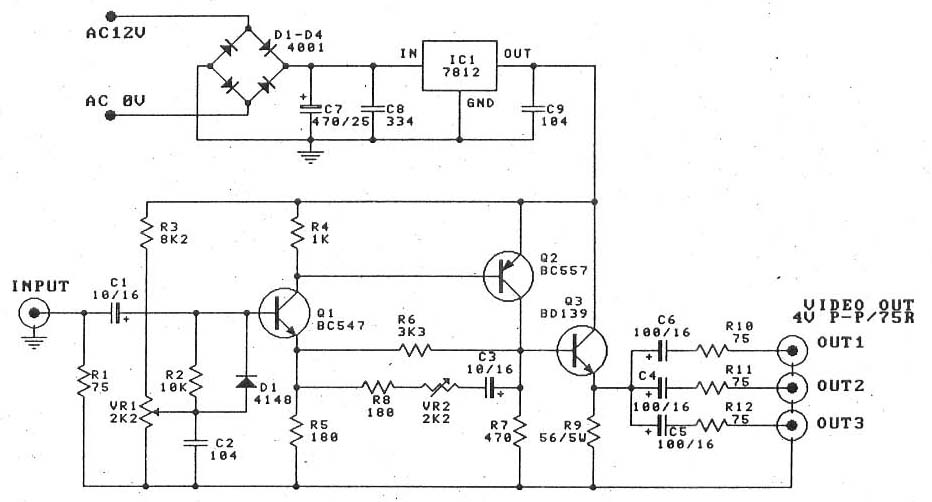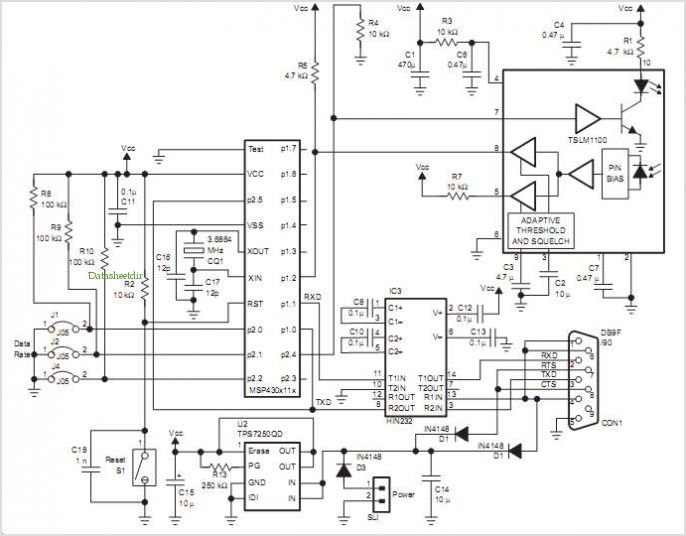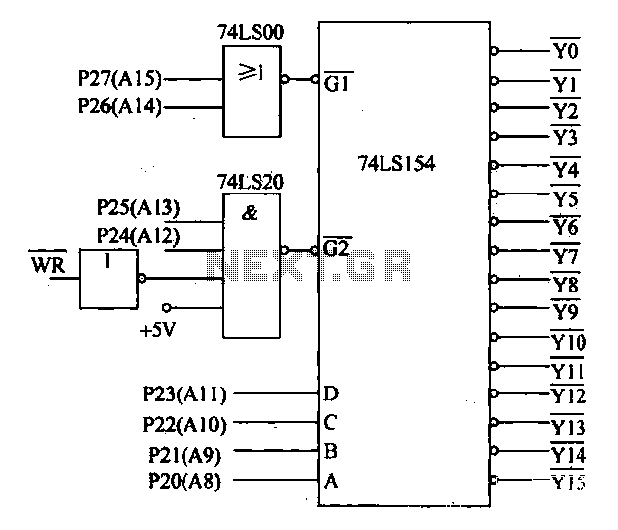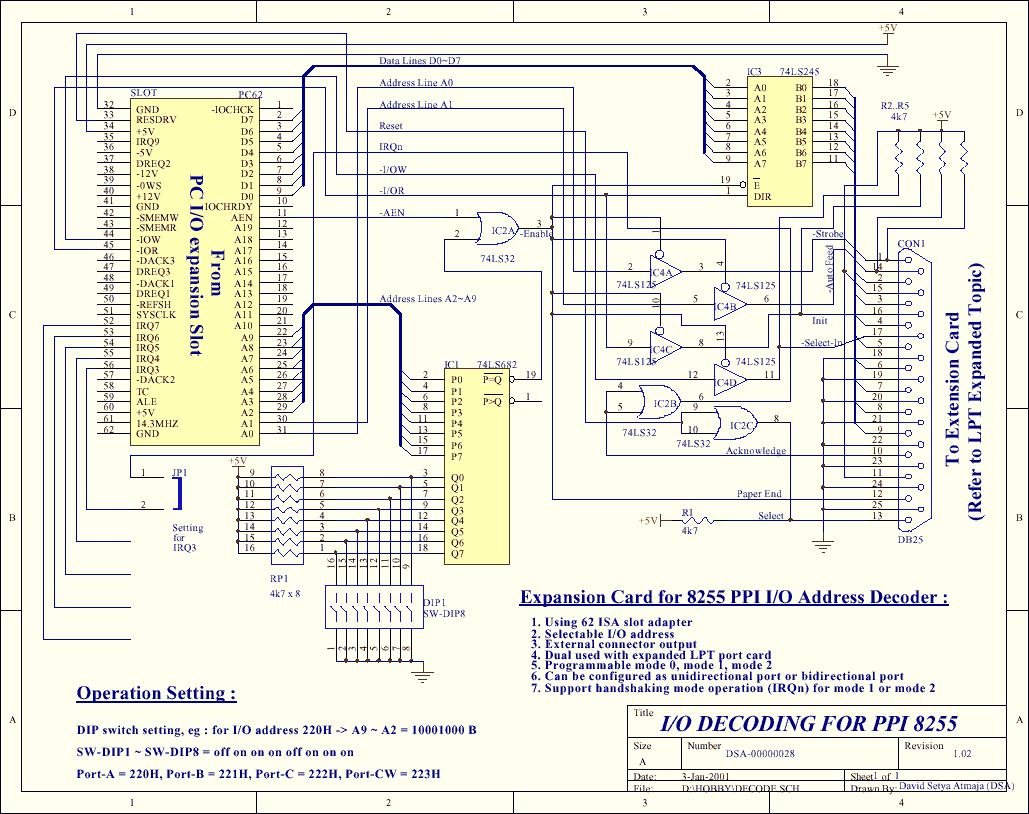
Split Phase-Data Synchronizer and Decoder
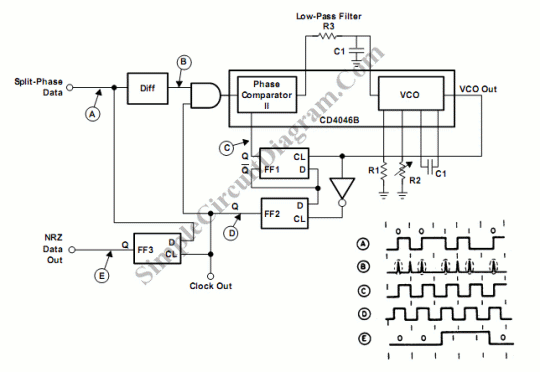
Waveform A is a timing diagram that illustrates a split-phase data signal. It consists of a series of binary digits that occur at a periodic rate, with a specified duration for each bit.
The timing diagram of Waveform A provides a visual representation of the split-phase data signaling method, which is commonly used in digital communication systems. In this format, data is transmitted in two distinct phases, allowing for improved synchronization and error detection. The binary digits, or bits, are represented as high and low voltage levels, corresponding to logical '1' and '0', respectively.
Each bit in the waveform has a defined duration, which is crucial for ensuring that the receiving end can accurately interpret the signal. The periodic nature of the signal is characterized by a consistent time interval between the transitions of each bit, which is essential for maintaining the integrity of the data transmission.
In a practical application, the split-phase data signal can be utilized in various communication protocols, such as UART (Universal Asynchronous Receiver-Transmitter) or SPI (Serial Peripheral Interface). The timing diagram aids in understanding the timing relationships between the bits, including rise and fall times, as well as the setup and hold times required for reliable data sampling.
The waveform's characteristics can be further analyzed to determine parameters such as the frequency of the signal, the duty cycle, and potential signal integrity issues that may arise due to noise or distortion. Overall, the timing diagram serves as a fundamental tool for engineers to design, troubleshoot, and optimize digital communication systems.Waveform A is timing diagram that shows A split-phase data signal. It consist of a series of binary digits that occur at a periodic rate. Duration of each bit.. 🔗 External reference
The timing diagram of Waveform A provides a visual representation of the split-phase data signaling method, which is commonly used in digital communication systems. In this format, data is transmitted in two distinct phases, allowing for improved synchronization and error detection. The binary digits, or bits, are represented as high and low voltage levels, corresponding to logical '1' and '0', respectively.
Each bit in the waveform has a defined duration, which is crucial for ensuring that the receiving end can accurately interpret the signal. The periodic nature of the signal is characterized by a consistent time interval between the transitions of each bit, which is essential for maintaining the integrity of the data transmission.
In a practical application, the split-phase data signal can be utilized in various communication protocols, such as UART (Universal Asynchronous Receiver-Transmitter) or SPI (Serial Peripheral Interface). The timing diagram aids in understanding the timing relationships between the bits, including rise and fall times, as well as the setup and hold times required for reliable data sampling.
The waveform's characteristics can be further analyzed to determine parameters such as the frequency of the signal, the duty cycle, and potential signal integrity issues that may arise due to noise or distortion. Overall, the timing diagram serves as a fundamental tool for engineers to design, troubleshoot, and optimize digital communication systems.Waveform A is timing diagram that shows A split-phase data signal. It consist of a series of binary digits that occur at a periodic rate. Duration of each bit.. 🔗 External reference
